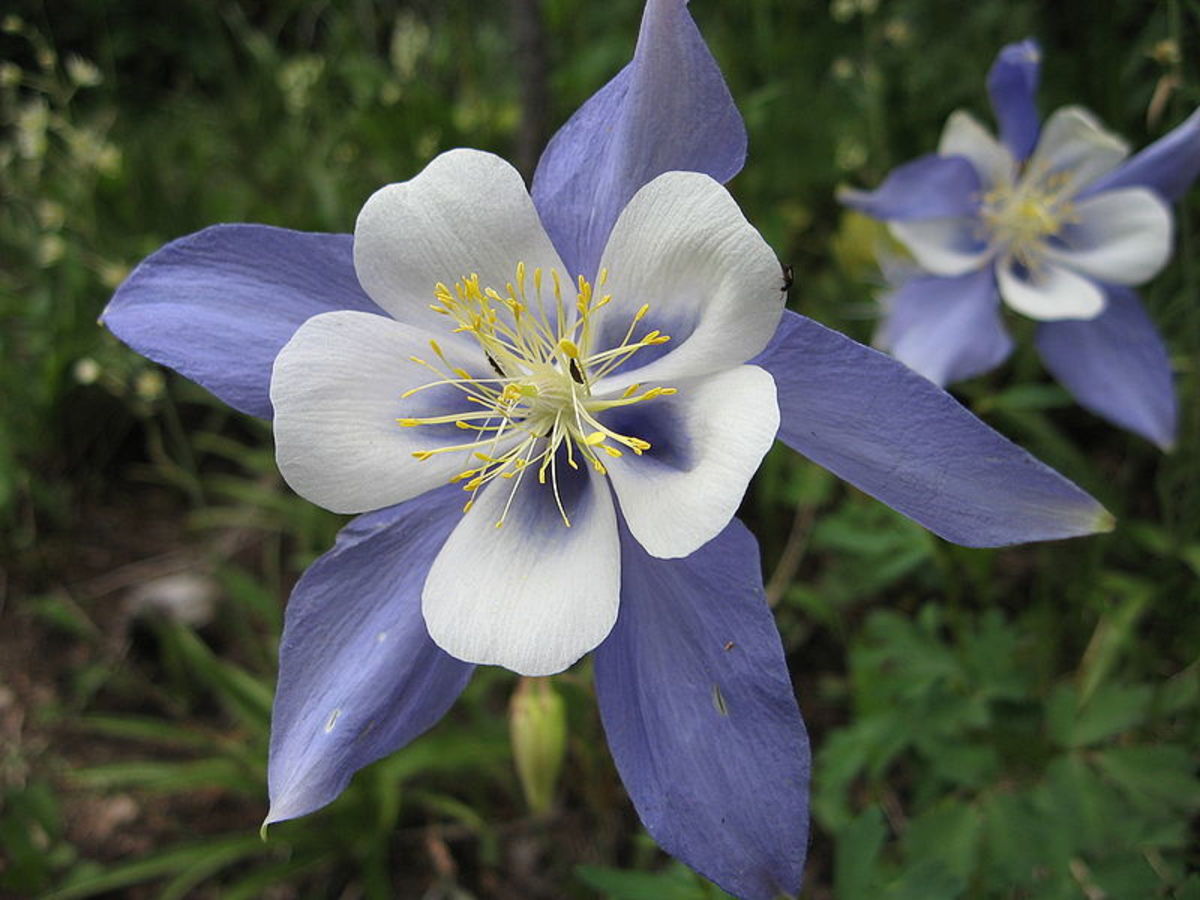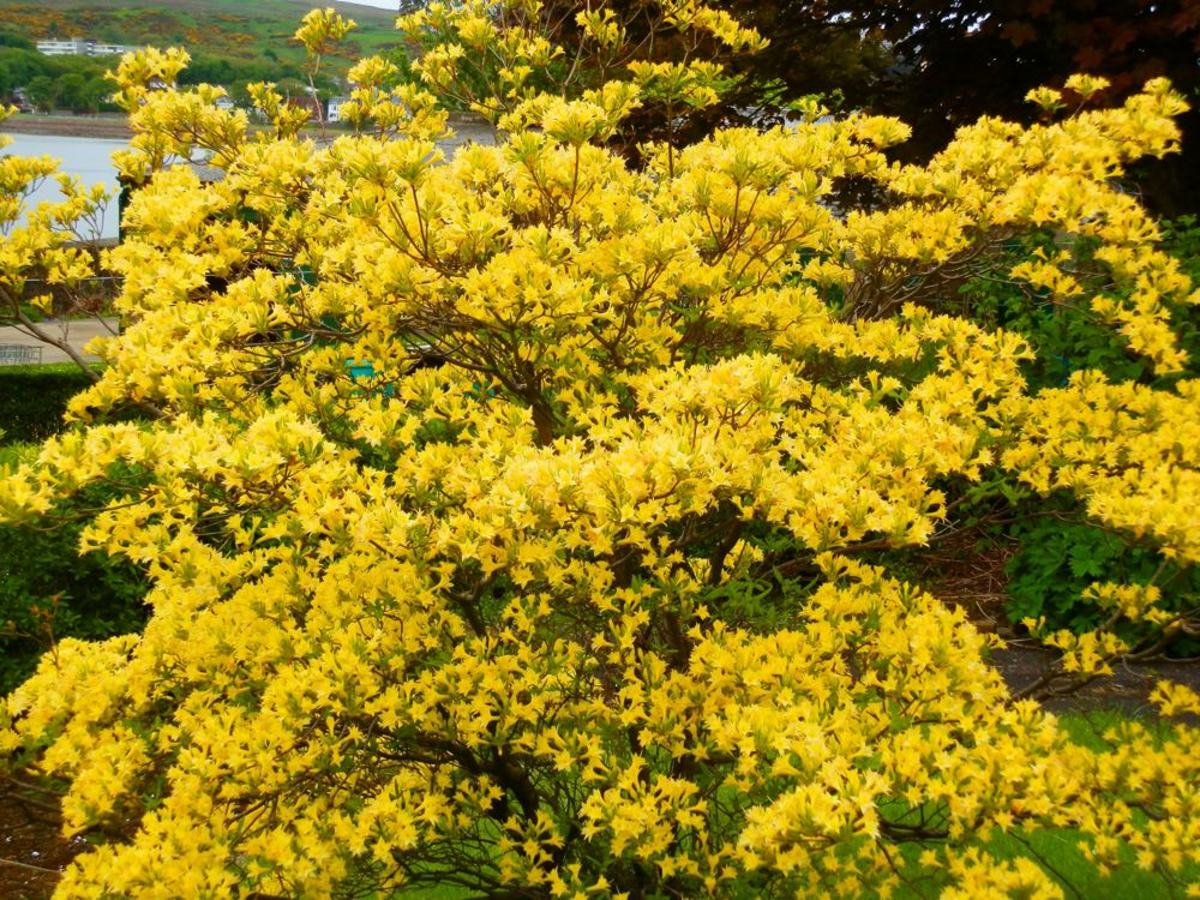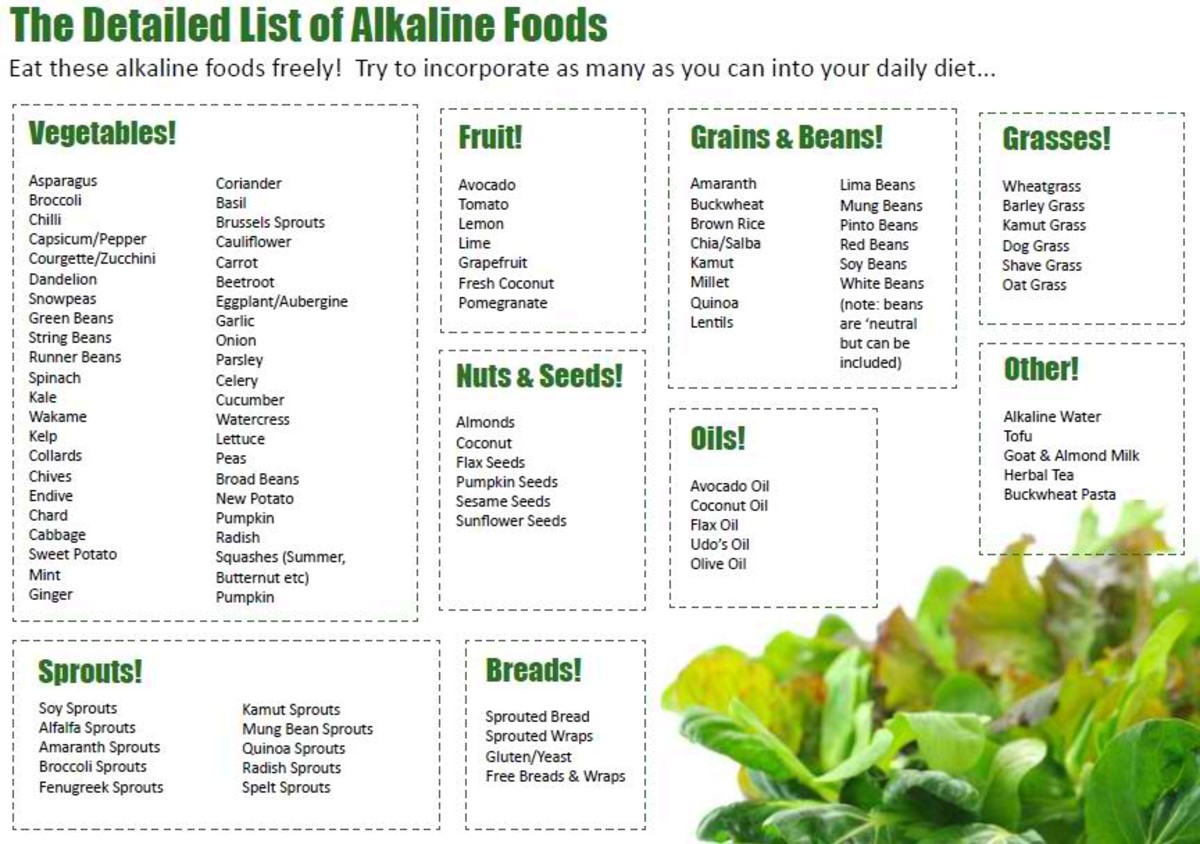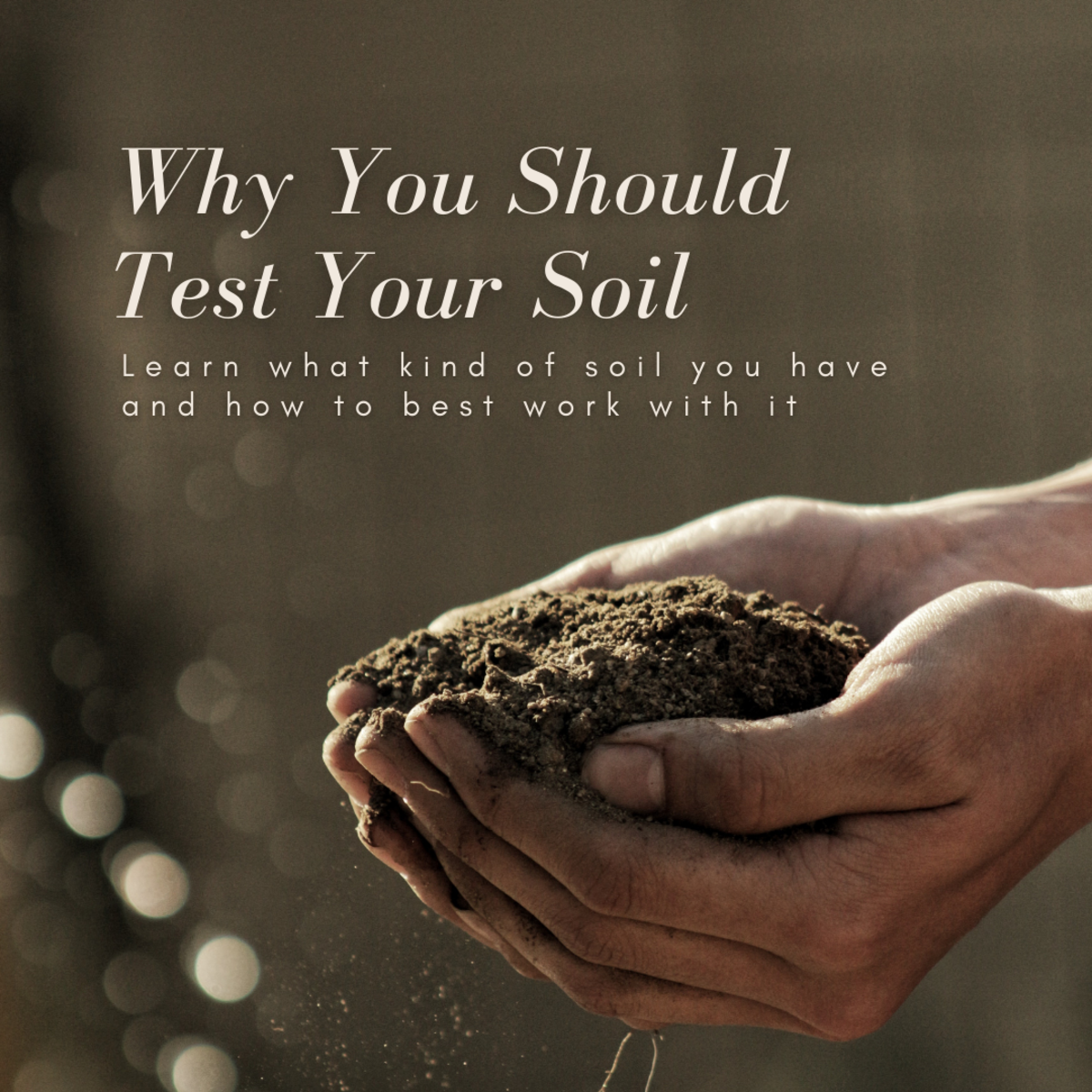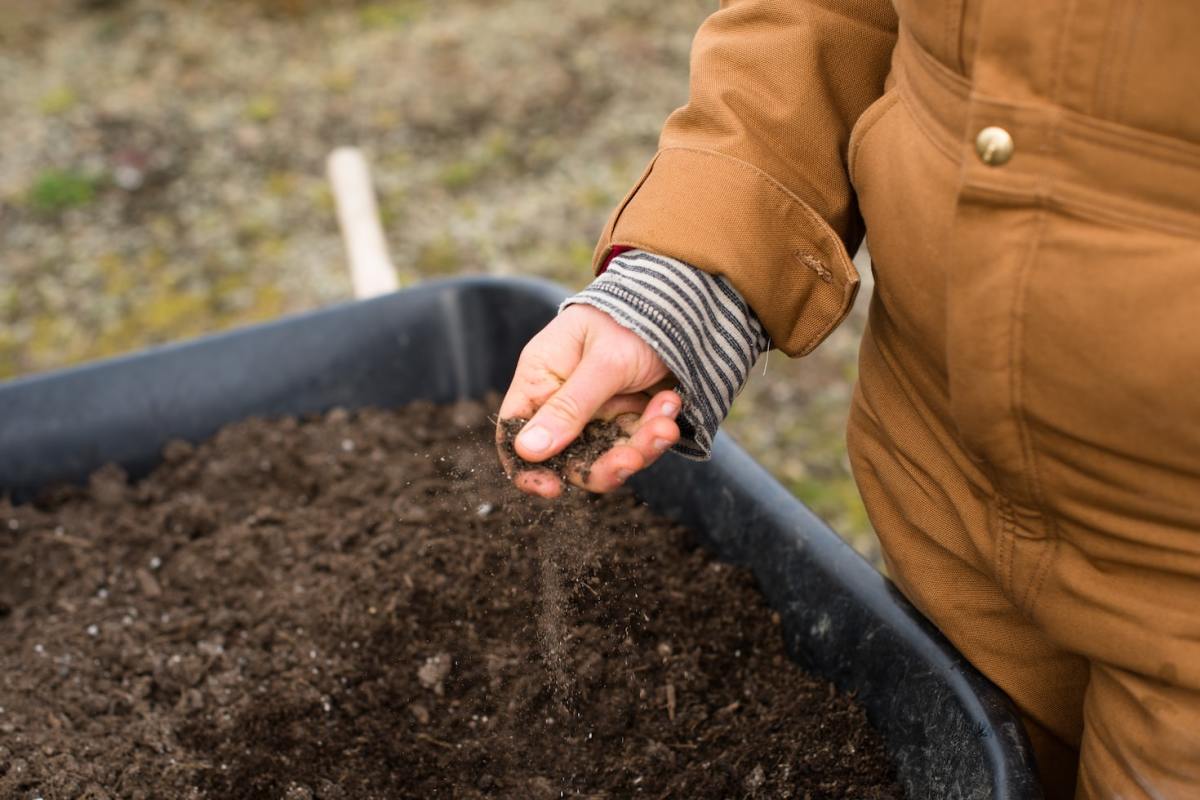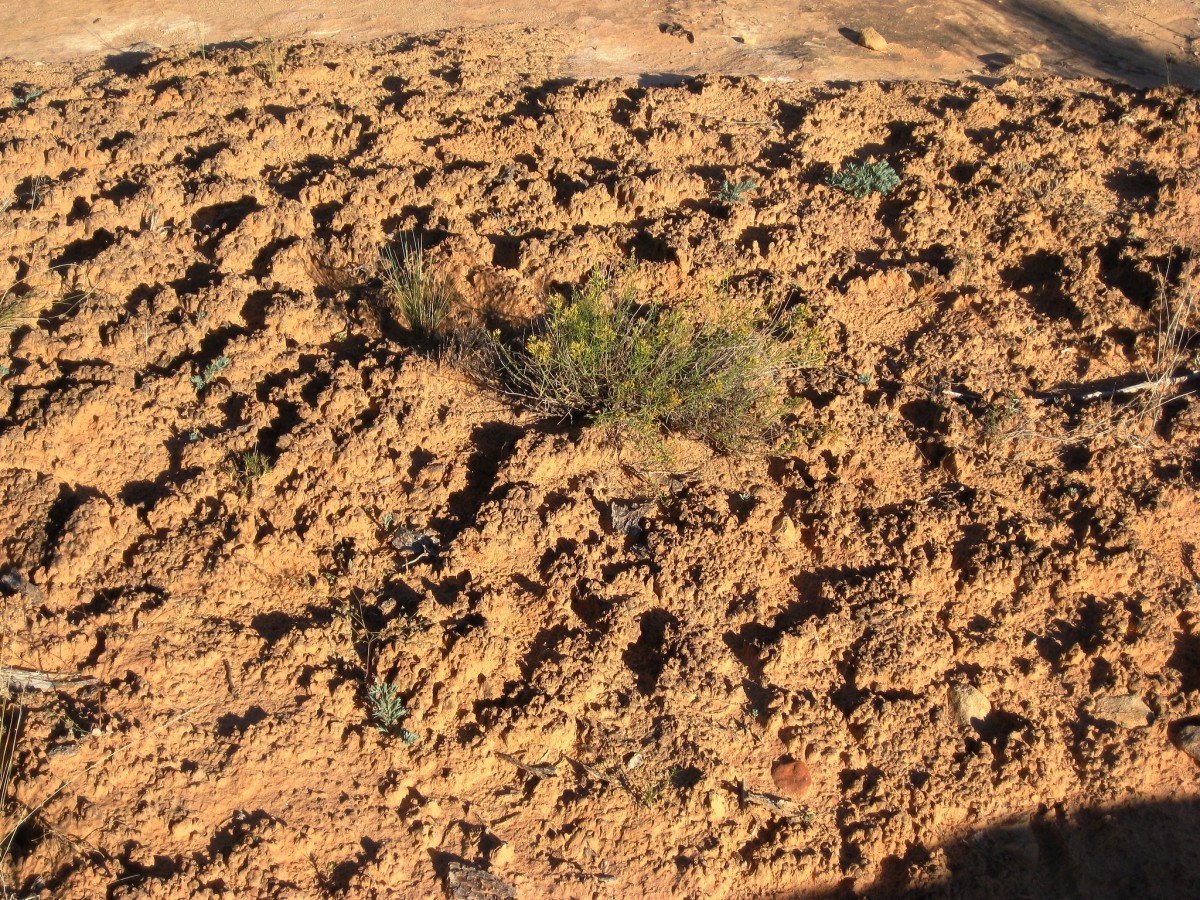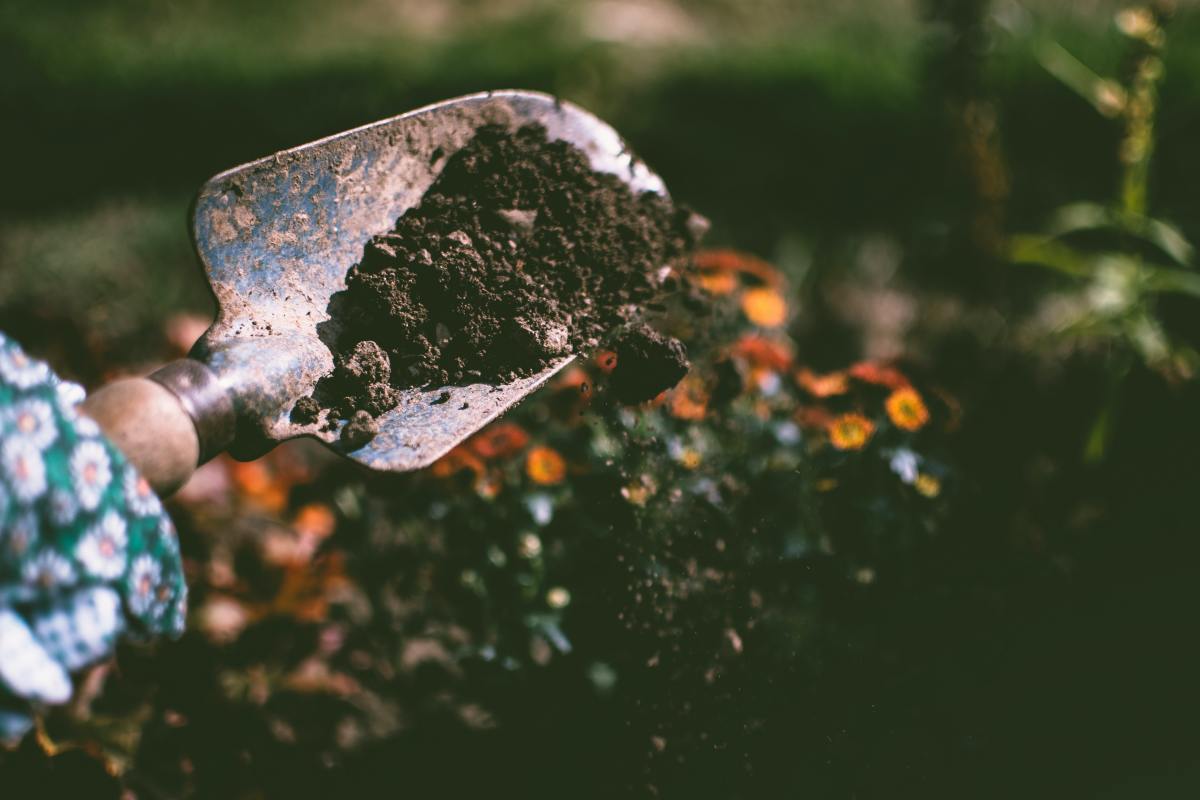Definition of Alkaline Soil
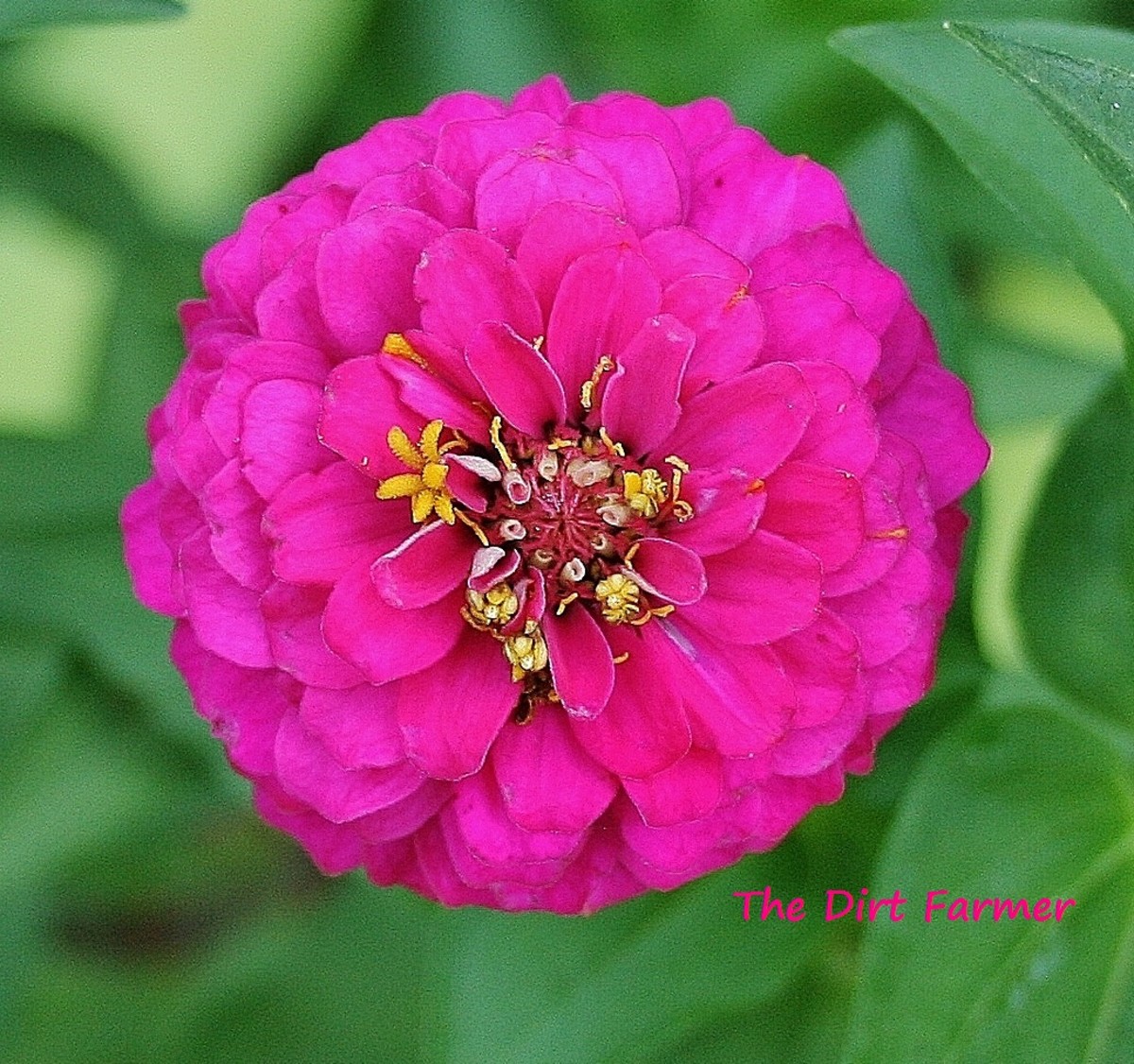
pH
On a scale of 0 to 14, pH is a measurement of the level of hydrogen ions in relationship to hydroxyl ions that exist within soil.
Alkaline Soil
Soil that is alkaline has a pH reading above 7.0.
Acidic Soil
Acidic soil measures below 7.0 on the pH scale.
Neutral Soil
Soil with a reading of 7.0 has neutral pH. Most plants prefer soil at or near neutral.
What is alkaline soil?
Alkaline soil, sometimes referred to as "sweet" soil, registers above 7.0 on the pH scale. Unlike acidic soil, which has a pH value of less than 7.0, alkaline soil contains more hydroxyl ions than hydrogen ions.
The Importance of pH
Soil pH is important because it affects the availability of nutrients in the soil. If soil is too alkaline or too acidic, many nutrients that plants require for optimum growth—or even survival—are not accessible to them.
The majority of plants grow best in relatively neutral soil that falls within a range of 6-7.5 pH, a little above or below 7.0. At these levels, the essential nutrients most plants need are most available to them. However, just as some plants prefer acidic soil, a number of plants grow best in soil that is a bit alkaline. (See the chart below.)
The Law of Tolerance
In ecology, the law of tolerance refers to a plant's ability to live in a broad range of pH values.
Plants with high tolerance may perform poorly in soil with pH values outside their preferred range, but they won't die.
Some plants, most notably weeds and other invasive types, have a very high tolerance for a wide range of pH levels (Foerster 17).
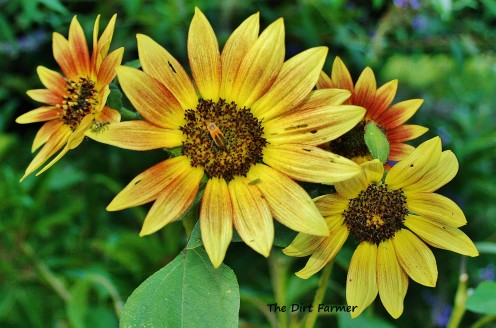
What if soil is too alkaline?
To determine soil pH, run a soil test. If your soil is too alkaline to suit the plants you're growing, you can increase its acidity by adding organic matter. Over time, organic material, such as sphagnum peat moss, composted manure, leaf mold and other natural amendments, tends to bring soil pH values at or near neutral (7.0).
Although slow-acting, granular sulfur is an inexpensive amendment that will lower soil pH. Elemental sulfur, aluminum sulfate and iron sulfate will also decrease soil alkalinity (Everhart).
Trees, Vegetables, Flowers & Other Plants That Like Sweet Soil
Common Name
| Scientific Name
| Preferred pH Level
|
|---|---|---|
Abelia
| Abelia grandiflora
| 6.0-7.5
|
Asparagus
| Asparagus officinalis
| 6.0-7.5
|
Canna
| Canna spp.
| 6.0-8.0
|
Cherry (Sweet)
| Prunus avium
| 6.0-7.5
|
Cotoneaster
| Cotoneaster spp.
| 6.0-7.5
|
Currant
| Ribes spp.
| 6.0-7.5
|
Dahlia
| Dahlia variablis
| 6.0-7.5
|
Delphinium
| Delphinium grandiflorum
| 6.0-7.5
|
Elm
| Ulmus americana
| 6.0-7.5
|
Fern (Maidenhair)
| Adiantum pedatum
| 6.0-7.5
|
Forsythia
| Forsythia spp.
| 6.0-8.0
|
Hyacinth
| Hyacinthus candicans
| 6.5-7.5
|
Ivy (Boston)
| Parthenocissus tricuspidata, var. veitchii
| 6.0-7.5
|
Lilac (Persian)
| Syringa persica
| 6.0-7.5
|
Linden
| Tilia spp.
| 6.0-8.0
|
Maple (Sugar)
| Acer saccharum
| 6.0-7.2
|
Mint
| Mentha arvensis
| 6.8-7.5
|
Okra
| Hibiscus esculentus
| 6.0-7.5
|
Pachysandra (Japanese)
| Pachysandra terminalis
| 5.0-8.0
|
Pea (Sweet)
| Lathyrus odoratus
| 6.0-7.5
|
Pecan
| Carya illinoinensis
| 6.5-7.5
|
Peony
| Paeonia albiflora
| 6.0-7.5
|
Poplar (Silver)
| Populus alba
| 6.0-7.5
|
Poppy
| Poppy orientale
| 6.0-7.5
|
Spinach
| Spinacia oleracea
| 6.0-7.5
|
Sunflower
| Helianthus augustifolius, H. annus
| 6.0-7.5
|
Violet
| Viola canina
| 6.0-7.5
|
Violet (Blue)
| Viola paplionacea
| 5.0-7.5
|
Walnut (Black)
| Juglans nigra
| 6.0-7.5
|
Watercress
| Nasturtium aquaticum
| 6.0-7.5
|
Wisteria (Japanese)
| Wisteria floribunda
| 6.5-7.5
|
Yucca
| Yucca spp.
| 6.0-8.0
|
Zinnia
| Zinnia elegans
| 5.5-7.5
|
Works Cited
Everhart, Eldon. "How to Change Your Soil's pH." Horticulture & Home Pest News. Iowa State University Extension and Outreach. 6 April 1994. Web. 10 October 2012.
Foerster, John. "Ecology." Maryland Master Gardener Handbook. University of Maryland, 2008: 5-20. Print.
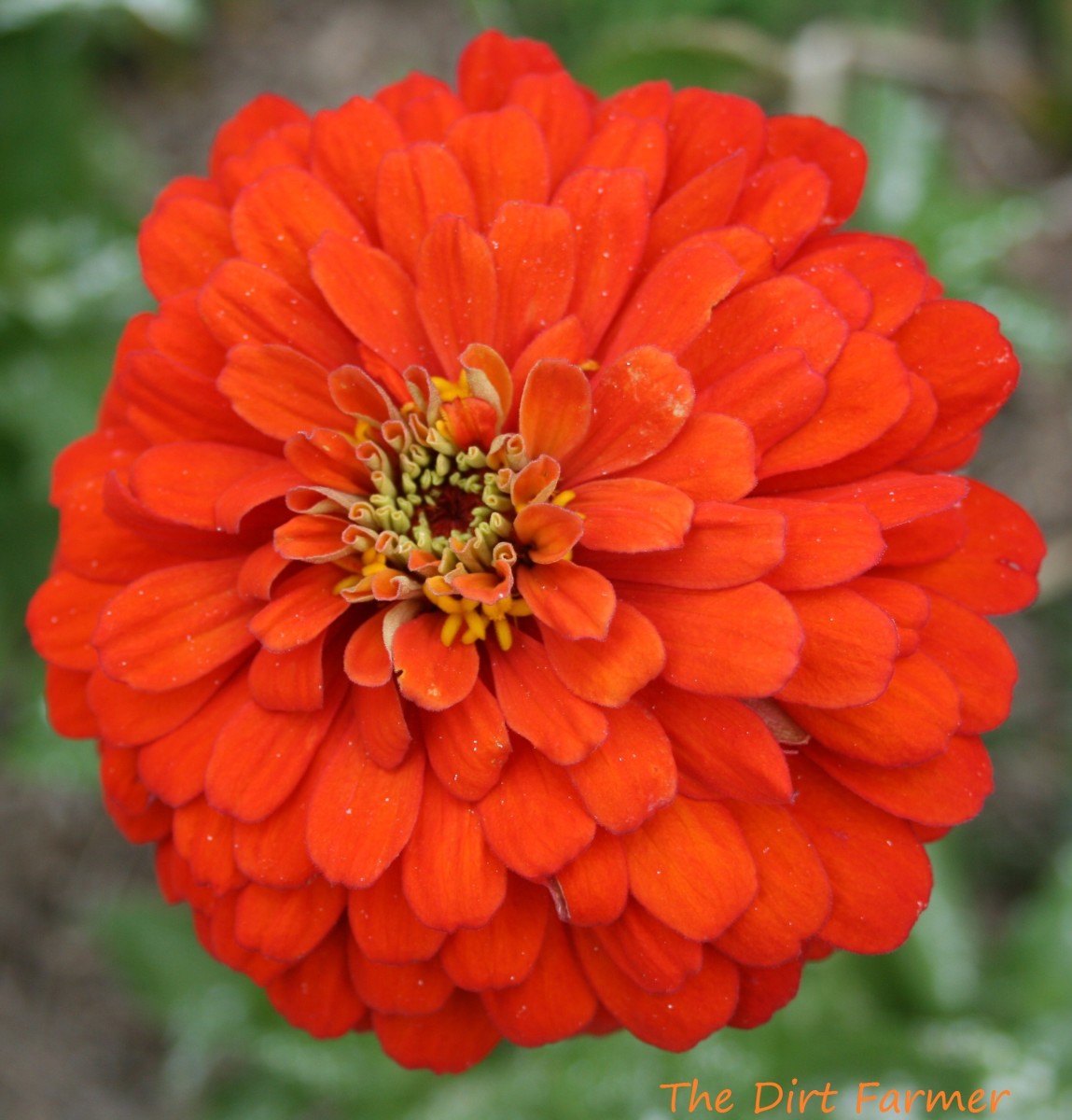
About the Author
The Dirt Farmer has been an active gardener for over 30 years.
She first began gardening alongside her grandfather on her parents' farm. Together, they would plant acres of vegetable gardens, setting tomato, eggplant and bell pepper plants; sowing row after row of beans and corn; and building up mounds of soil for white squash, pumpkin, cantaloupe and potatoes.
Today, The Dirt Farmer gardens at home, volunteers at community gardens and continues to learn about gardening through the MD Master Gardener program.


